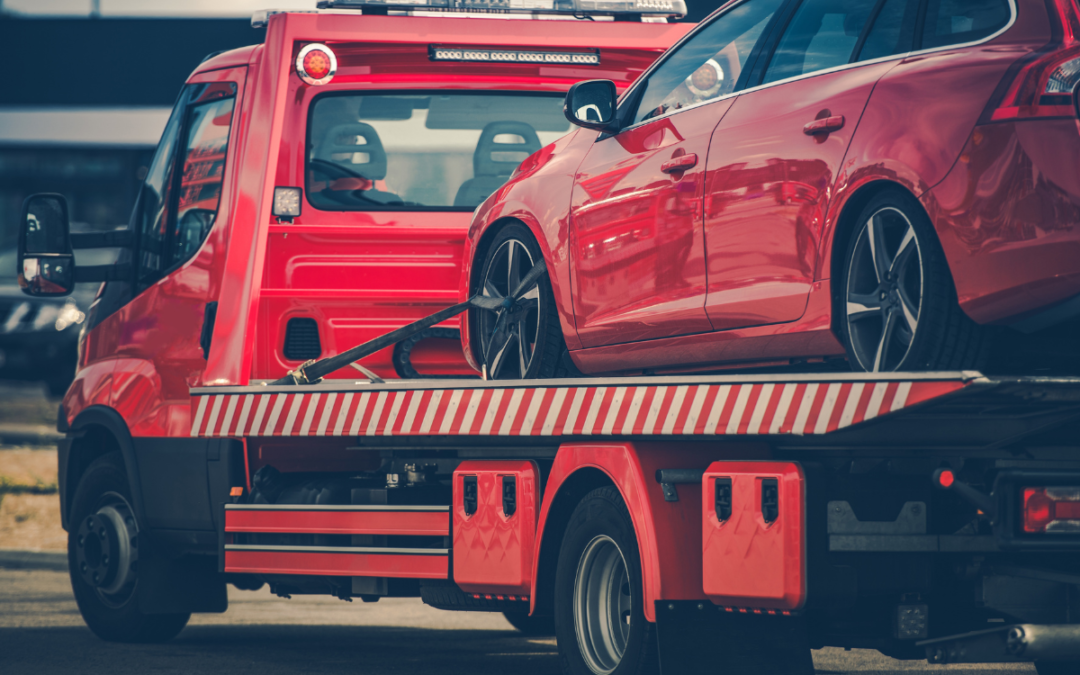Responding to Safety Vehicles on the Road | A Guide to Safe Driving
Defensive Driving |
Encountering safety vehicles while driving is a common occurrence, and it’s crucial to know how to respond safely and responsibly. The California Driver Handbook provides valuable insights into the rules and guidelines for responding to safety vehicles. In this article, we will explore essential information on how to react when encountering these vehicles, ensuring safety for all road users.
This blog may contain affiliate links, and if you make a purchase through these links, we may or may not earn a commission at no extra cost to you.
Understanding Safety Vehicles
Safety vehicles encompass a variety of types, including emergency vehicles, public service vehicles, construction and maintenance vehicles, utility vehicles, and tow trucks. These vehicles are equipped to provide essential services and maintain safety on the road.
Safety vehicles can include:
Emergency Vehicles: These are vehicles used by law enforcement, fire departments, and emergency medical services (EMS) to respond to emergencies. Examples include police cars, fire trucks, and ambulances.
Public Service Vehicles: Some vehicles are used for public safety and service, such as school buses, transit buses, and sanitation trucks.
Construction and Road Maintenance Vehicles: Vehicles used for construction, road maintenance, and other infrastructure-related work often have safety features and equipment to protect workers and drivers.
Utility Vehicles: Utility vehicles like electric company trucks or cable service vehicles may be considered safety vehicles because they are equipped to respond to power outages or other service-related emergencies.
Tow Trucks and Wreckers: These vehicles are used to provide roadside assistance and towing services, and they often have safety equipment and flashing lights.
The specific regulations and definitions for safety vehicles may vary by state and local jurisdiction, and they are typically outlined in traffic laws and regulations. In general, safety vehicles may have distinctive markings, lights, and sirens to indicate their presence and their role in responding to emergencies or providing safety-related services. Drivers are required to yield the right-of-way to these vehicles and follow specific rules when encountering them on the road.
The Move Over Law in California
In California, the Move Over Law requires drivers to yield the right-of-way to authorized emergency vehicles and other safety vehicles. This law aims to protect the safety of emergency personnel and other workers on the road.
How to Respond to Safety Vehicles
When you encounter safety vehicles with activated lights and sirens or flashing beacons, follow these guidelines:
Pull Over Safely
Move your vehicle to the right-hand side of the road and come to a complete stop.
If you are in an intersection, proceed through it before pulling over, if safe to do so.
Remain Stopped
Stay stopped until the safety vehicle has passed you. Do not attempt to follow closely or pass the safety vehicle.
Use Turn Signals
Indicate your intention to pull over by using your turn signals. This helps inform other drivers of your actions.
Be Cautious
After the safety vehicle has passed, check for any additional emergency or safety vehicles before resuming your journey.
Proceed with caution, following the flow of traffic.
Avoid Blocking Intersections
Do not stop in intersections, as this can obstruct the progress of safety vehicles.
Tips for Safe Response
Stay Alert
Be attentive to your surroundings and avoid distractions like mobile phones while responding to safety vehicles.
Look for Emergency Personnel
Safety vehicles may be transporting emergency personnel or workers. Exercise caution and respect their presence.
Yield the Right-of-Way
Always prioritize the safety of those in emergency or safety vehicles, as well as the safety of other road users.
Responding to safety vehicles is a vital aspect of responsible driving. By following the Move Over Law and adhering to the guidelines provided by the California Driver Handbook, you can contribute to the safety of emergency personnel, workers, and fellow drivers. Remember that these procedures are in place to save lives and ensure efficient responses to emergencies and safety-related situations. Your cooperation and responsible driving play a crucial role in supporting these efforts and creating safer roadways for all.
Drive with Confidence!
Keep up with all the latest driving news. Expolre our blog packed with essential tips and expert advice on all things related to DRIVING!




